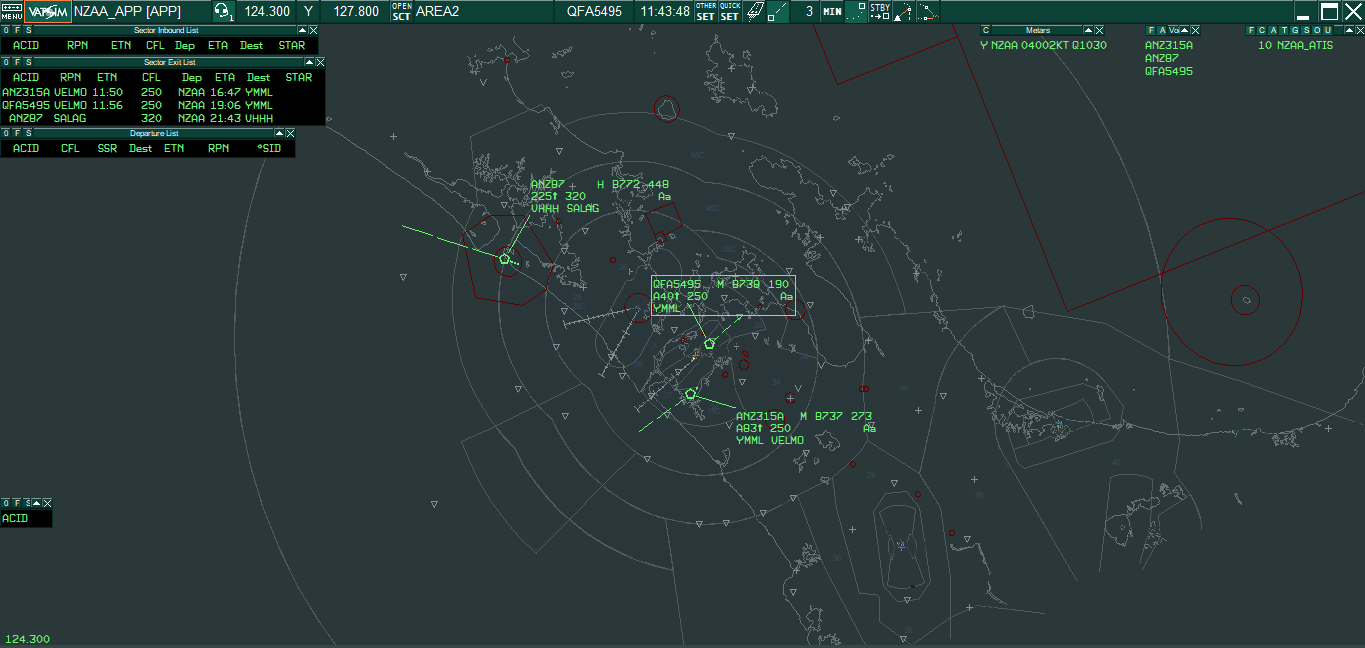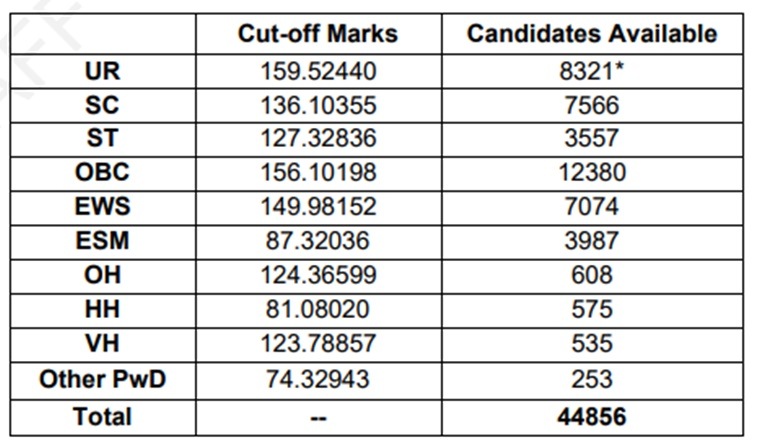Improving Air Traffic Control: Overcoming The 'I Don't Know Where You Are' Challenge

Table of Contents
Enhancing Aircraft Tracking Technologies
Precise and reliable aircraft tracking is paramount for safe and efficient air traffic management. Outdated radar systems often struggle to provide the necessary accuracy and coverage, contributing to the "I don't know where you are" problem. The following advancements offer a significant leap forward:
The Role of ADS-B (Automatic Dependent Surveillance-Broadcast)
ADS-B represents a major step forward in aircraft tracking. Unlike traditional radar, which actively transmits signals and relies on reflections, ADS-B uses GPS to determine an aircraft's position and then broadcasts this data. This offers several key advantages:
- Improved Situational Awareness: Air traffic controllers gain a more precise and up-to-the-minute understanding of aircraft locations.
- Cost-Effectiveness: ADS-B is generally less expensive to deploy and maintain than radar systems, particularly for expanding coverage areas.
- Benefits of Widespread ADS-B Adoption: As more aircraft are equipped with ADS-B, the system's accuracy and coverage improve exponentially, resulting in a safer and more efficient airspace.
However, challenges remain. ADS-B relies heavily on GPS signals, making it susceptible to GPS outages or inaccuracies. Coverage gaps also exist in remote areas with limited ground-based infrastructure. Solutions include deploying ground-based augmentation systems to enhance GPS reliability and expanding the network of ADS-B ground stations.
Integrating GPS and Other Navigation Systems
Relying on a single navigation source is inherently risky. Integrating GPS with other independent systems provides redundancy and enhanced accuracy, mitigating the impact of potential failures or inaccuracies in any one system.
- GPS Augmentation Systems (WAAS, EGNOS, etc.): These systems improve GPS accuracy by correcting for errors and providing additional integrity information.
- Inertial Navigation Systems: These self-contained systems provide position and velocity information independent of external signals, acting as a crucial backup for GPS.
- Integration with ADS-B: Combining data from GPS, augmentation systems, and inertial navigation with ADS-B broadcasts creates a robust and resilient tracking system.
Future trends include the development of even more sophisticated satellite-based augmentation systems and next-generation navigation technologies like Galileo and BeiDou, promising further improvements in accuracy and reliability.
Improving Data Processing and Communication
Even the most advanced tracking technologies are ineffective without efficient data processing and seamless communication.
Real-time Data Fusion and Analysis
Modern air traffic control systems must integrate data from multiple sources – ADS-B, radar, weather systems, etc. – to build a comprehensive and accurate picture of the airspace.
- Advanced Algorithms for Data Processing: Sophisticated algorithms are required to filter, correlate, and interpret data from various sources, eliminating inconsistencies and improving the overall accuracy.
- Machine Learning Applications in Predictive Modeling: Machine learning can be used to predict potential conflicts and aid controllers in proactive conflict resolution.
- Improved Conflict Alert Systems: Real-time analysis of aircraft trajectories allows for timely alerts to controllers about potential conflicts, significantly reducing the risk of near misses.
Robust communication networks are essential for reliable data transmission. Secure and high-bandwidth connections are needed to ensure the timely delivery of critical information to air traffic controllers.
Streamlining Communication Protocols
Clear and unambiguous communication between controllers and pilots is crucial for safe and efficient operations.
- Data Link Communications: Replacing voice communication with data links for routine information exchange can reduce ambiguity and improve efficiency.
- Voice Communication Improvements: Standardizing phraseology and enhancing voice recognition technologies can minimize misunderstandings.
- The Role of Standardized Phraseology: Clear, concise, and standardized communication protocols reduce the risk of misinterpretations, especially in high-pressure situations.
Training programs and procedures focusing on human factors are vital for optimizing communication effectiveness and mitigating the impact of human error.
Implementing Advanced Air Traffic Management (ATM) Systems
Modernizing ATM systems is crucial for addressing the "I don't know where you are" challenge effectively.
Next Generation Air Transportation System (NextGen) and SESAR (Single European Sky ATM Research)
These large-scale initiatives aim to revolutionize air traffic management through technological innovation and operational changes.
- Improved Trajectory-Based Operations: Allowing aircraft to fly more direct routes, optimizing fuel consumption and reducing delays.
- Airspace Redesign: Optimizing airspace structure for increased capacity and efficiency.
- Data Sharing Between Countries: Facilitating seamless air traffic management across national borders.
The benefits are multifaceted: increased efficiency, reduced delays, and a significant improvement in air safety.
Unmanned Aircraft Systems (UAS) Integration
The proliferation of drones presents new challenges for air traffic management. Integrating UAS safely and efficiently into the existing airspace requires innovative solutions.
- Detect and Avoid Technologies: Ensuring that drones can detect and avoid manned aircraft.
- Airspace Segregation: Defining specific airspace zones for UAS operations to minimize the risk of conflicts.
- Communication Protocols for UAS: Establishing secure and reliable communication channels for controlling and monitoring drones.
Continuous development in drone tracking and management technologies will be crucial for addressing this emerging challenge.
Conclusion
Improving air traffic control, specifically overcoming the "I don't know where you are" challenge, requires a multi-pronged approach. This article has highlighted crucial technological and procedural improvements, including the widespread adoption of ADS-B, integration of multiple navigation systems, efficient data processing and communication, and the implementation of advanced ATM systems like NextGen and SESAR. Accurate aircraft tracking is not merely a technological challenge; it's paramount for ensuring safety and efficiency in the skies. Investing in advanced technologies and strategies for improving air traffic control is crucial to ensuring the future safety of our skies, and overcoming the "I don't know where you are" challenge is a critical step in this process. Let's prioritize research and investment in advanced air traffic management solutions to build a safer and more efficient future for aviation. Keywords: Air traffic management solutions, future of aviation, improved air safety, advanced ATC technologies.

Featured Posts
-
 7 Hd
May 07, 2025
7 Hd
May 07, 2025 -
 Oscar Winning Actor Makes Unexpected White Lotus Appearance
May 07, 2025
Oscar Winning Actor Makes Unexpected White Lotus Appearance
May 07, 2025 -
 Clippers Edge Warriors In Playoff Race Harden Explodes For 39 Points
May 07, 2025
Clippers Edge Warriors In Playoff Race Harden Explodes For 39 Points
May 07, 2025 -
 Randles Physicality Key To Timberwolves Win Lakers Woes
May 07, 2025
Randles Physicality Key To Timberwolves Win Lakers Woes
May 07, 2025 -
 Download Ssc Chsl 2025 Final Result Official Website And Instructions
May 07, 2025
Download Ssc Chsl 2025 Final Result Official Website And Instructions
May 07, 2025
